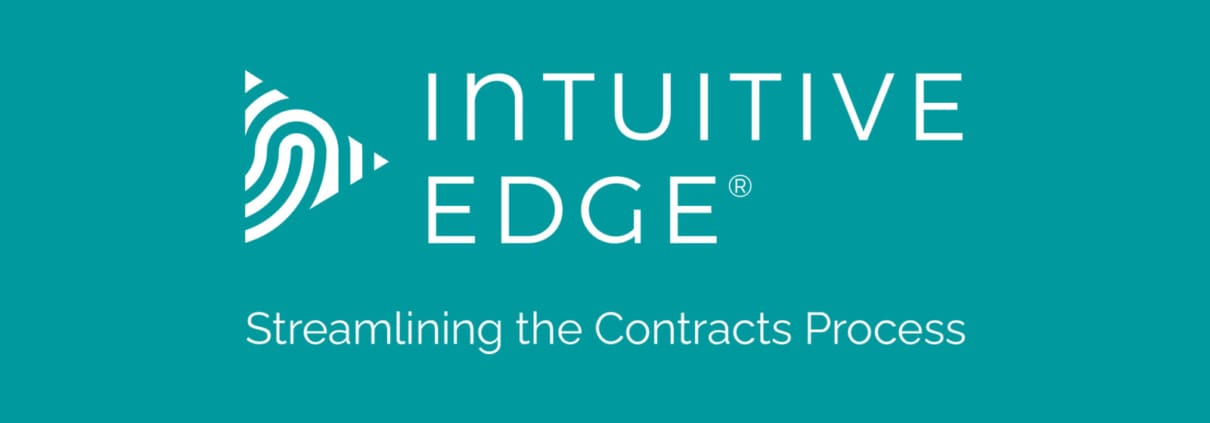Unifying the Contractual Landscape: The Power of Centralizing Customer and Procurement Contracts with Data Analytics
In the age of data-driven decision-making, businesses are constantly seeking innovative ways to harness their data for competitive advantage. One area ripe for revolution is the management of contracts, both from customers and suppliers. The ideal scenario? A centralized repository for both, powered by data analytics. Here’s how this combination can supercharge a company’s operational efficiency and strategic foresight.
1. The Centralization Advantage
Firstly, let’s understand the merits of centralizing both customer and procurement contracts:
- Unified Oversight: No more fragmented or isolated contract repositories. Everything is accessible from a single platform.
- Consistency in Terms: Ensures that obligations to customers and commitments from suppliers are harmonized.
- Efficient Workflow: Streamlined processes for contract approvals, renewals, and negotiations.
2. Infusing Analytics: The Game-Changer
Once centralized, data analytics can be applied to unearth actionable insights:
- Trend Analysis: Identify patterns in customer requirements or procurement terms. Is there a shift in delivery timelines or payment terms? Analytics will spot it.
- Risk Management: Predictive analytics can forecast potential risks, be it from non-compliance, unfavorable terms, or supplier reliability.
- Optimal Pricing: Analyze procurement costs versus customer pricing to ensure profitable margins and competitive pricing strategies.
3. Enhancing Negotiation Strategies
Data analytics can provide insights on which terms are frequently negotiated, helping businesses better prepare for future discussions. Knowing in advance what customers might push back on or which supplier terms are flexible can be invaluable.
4. Predictive Maintenance
With a centralized system, it’s easier to predict when contracts are due for renewal or review. Data analytics can predict which contracts might be at risk of non-renewal based on historical data.
5. Streamlining Procurement
Data analytics can reveal which suppliers consistently meet their commitments and which don’t. This aids in making informed decisions about future procurement strategies.
6. Personalizing Customer Engagements
By analyzing customer contracts, businesses can better understand individual preferences and requirements, leading to tailored offerings and stronger relationships.
7. Efficient Resource Allocation
Analytics can highlight which contracts, either customer or supplier, require more attention. This helps in prioritizing resources, be it legal expertise, negotiation teams, or operational execution.
Conclusion
In the evolving business landscape, centralizing customer and procurement contracts isn’t just about organization—it’s about harnessing the power of data analytics to drive actionable insights. By combining the efficiencies of centralization with the foresight provided by analytics, businesses are better positioned to navigate their contractual obligations, drive value, and stay ahead of the curve.






Leave a Reply
Want to join the discussion?Feel free to contribute!